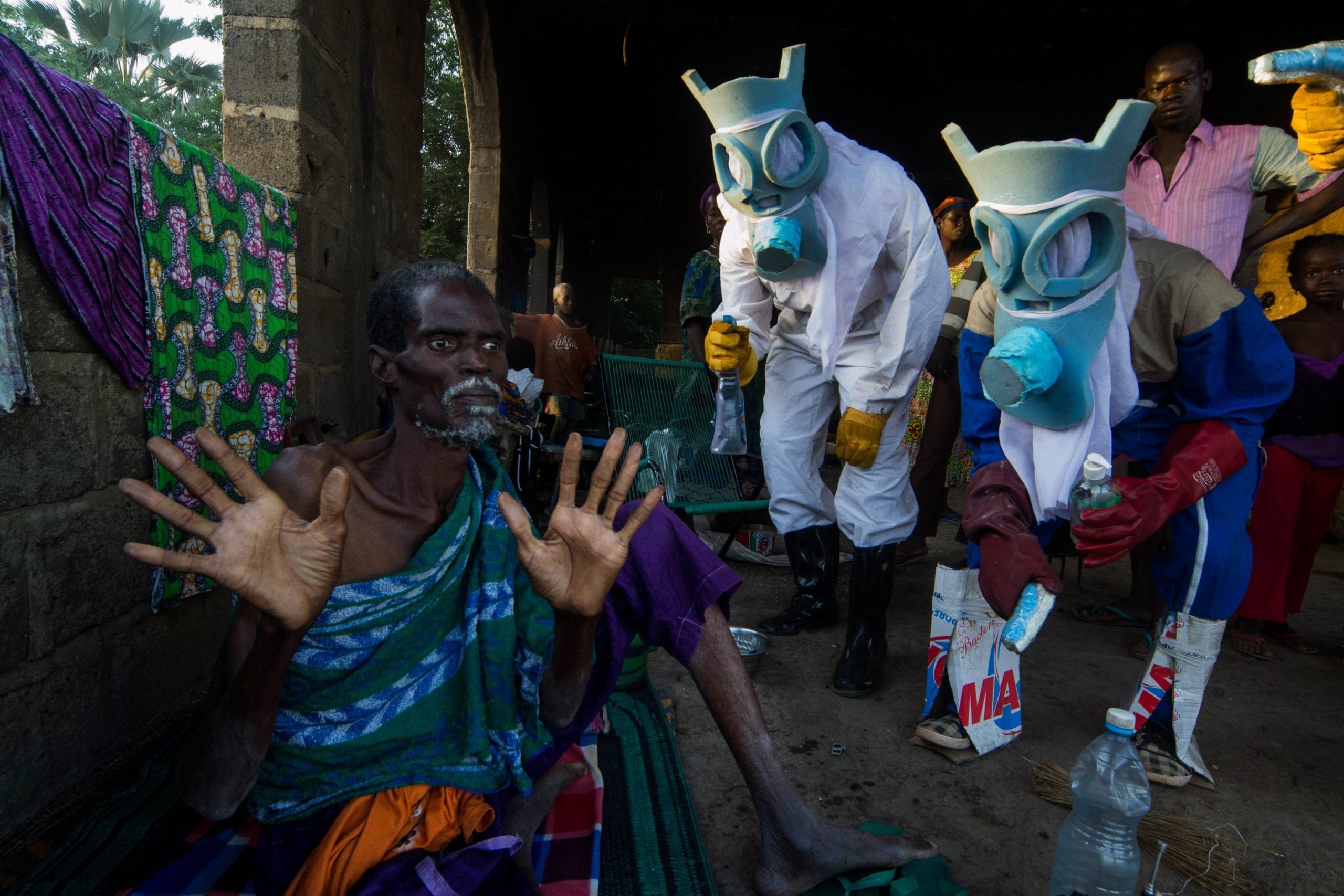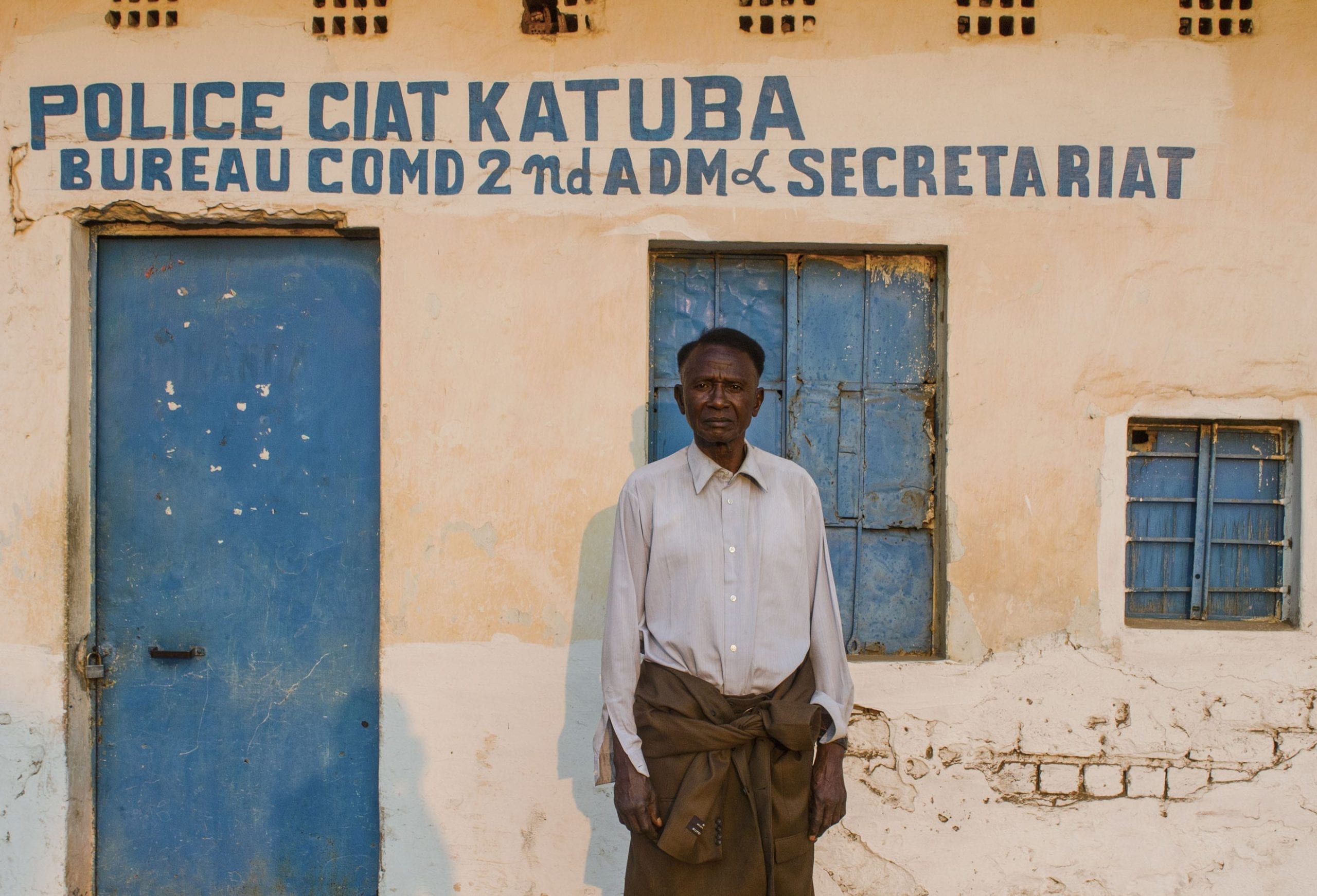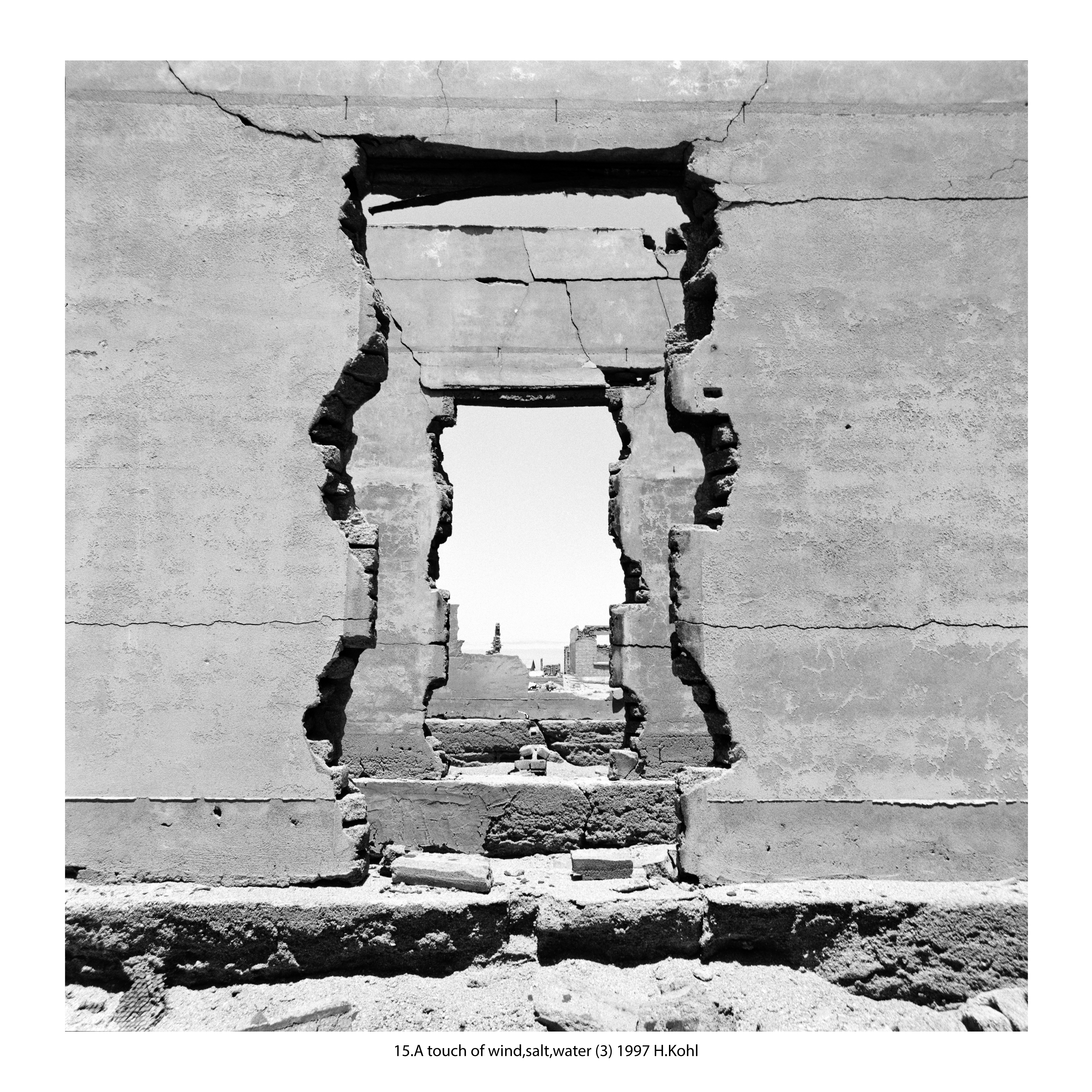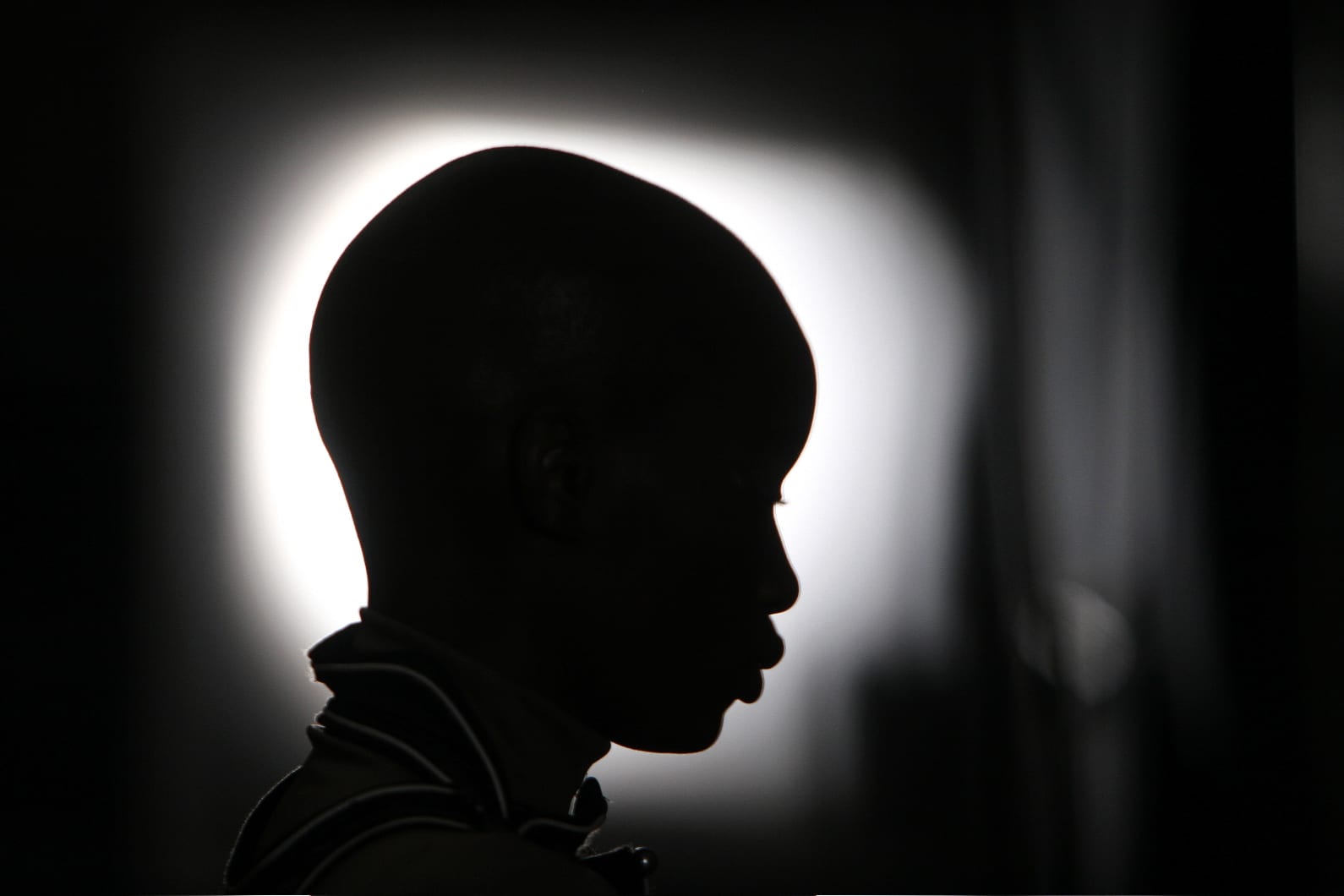Malian photographer Emmanuel Bakary Daou, distressed by the Ebola outbreak in neighbouring countries, highlights the apocalyptic nature of the scenes he witnessed. Photojournalists Hyppolite Sama and Nomwinde Vivien Sawadogo candidly document the riots that took place in Burkina Faso, their homeland, in 2014. Across the continent, Zimbabwean artist Lucia Nhamo has produced an allegorical video, which, through her mother’s recollections, speaks of the state’s failing economy. “I wanted to highlight the changing nature of African photography as one that has gone from photojournalism towards more experimental practices,” adds the Nigerian curator.

Case in point: a third of the artists involved in the pan-African exhibition rely on video and a few, such as Madagascan born Malala Andrialavidrazana, play with found archives, mixed-media and collages. Even the solo shows reflect the artistic diversity found on the continent. As well as the renowned work of late Nigerian photographer JD Okhai Ojeikere, who kept a systematic record of the sculptural hairstyles of his countrywomen, visitors to the festival will discover the multifaceted oeuvre of William Kentridge, a South African artist who creates arresting stop-motion animation by photographing different iterations of his charcoal drawings.


Bamako Encounters will also be expanding the scope of its programming by including two public installations. The capital is well known for its portrait studios, so the festival has invited them all to display their photo archives in their local areas. “It is a way to engage the entire city, to make residents from every corner feel invested in the biennale and its future,” says Silva.
Similarly, the project 1384 Days Wide encourages the public to submit photographs taken since the last Bamako Encounters, which ended on 16 January 2012. They will be displayed chronologically in the garden of the National Museum.
“The whole biennale is articulated around the idea of time,” says Silva. “How each one of us visualises and remembers what has happened across the world over the past few years is an essential part of that. We live in a global village. As such, we cannot dissociate what has been happening in America or Europe from what is going on in our backyard. I am hoping to receive images from everywhere, from Siberia to Patagonia, images of historical events as well as mundane daily life, through which we can develop a very diverse story about what the last 1384 days have been like.”

Showing variety is key, says Silva, not only because it is a reflection of what she has observed but also because it can serve as a breeding ground for emerging talents. “In Africa, as elsewhere, the popularity of the photographic medium has grown substantially over the past decade,” she says.
“There is a new generation on the rise and the Encounters is an unparalleled space for them to see and show their work. There are very few opportunities for them to do so, especially since the last conflict. Having the biennale reawakens hopes and builds new possibilities by allowing people to meet, be inspired, exchange and collaborate.”
www.rencontres-bamako.com

